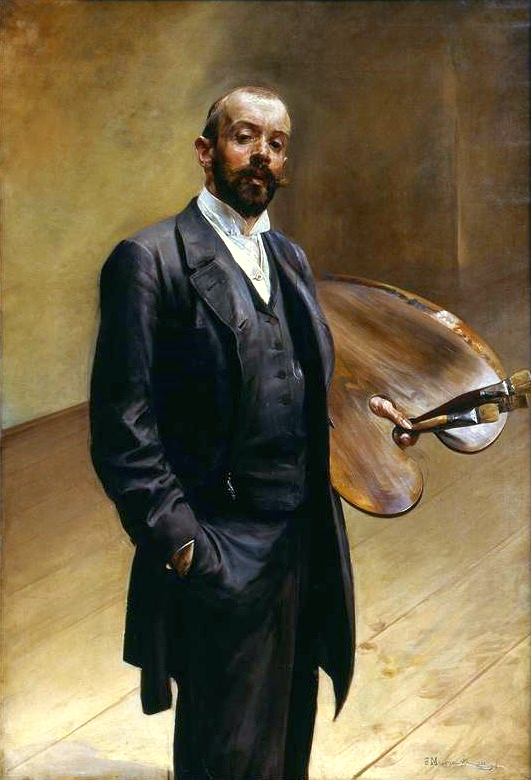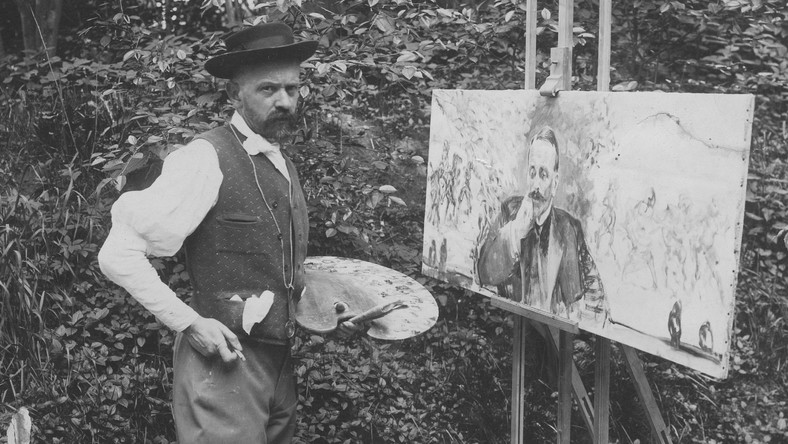
1854 - 1929
Jacek Malczewski

description
A Polish artist and teacher, one of the brightest and most emotional representatives of Slavic Symbolism and one of the founders of Art Nouveau in his country. In Poland, the Museum of Contemporary Art named after Jacek Malczewski, the branch of which is located in Radom, the hometown of the artist, has been opened.
Key ideas:
– The main paintings of the painter reflect his generalized thinking about life and time, choice and death – the questions that everyone, especially a creative person, faces. At first, J. Malczewski painted landscapes, traditional scenes from rural life, historical paintings in a rather dark monochromatic color. Turning to Symbolism, he moved to a more vibrant and bright gamma.
– By 1890, the painter had already created his own special style, which is characterized by a harmonious fusion of fiction with realism. Together with sophisticated and exquisite, beautifully arranged compositions and multi-faceted symbolic implication, each of the famous canvases has a strong emotional impact on the viewer.
– Real characters from portraits of contemporaries, especially artists and poets, are often accompanied by muses and angels, fauns and mermaids. Through such a synthesis, the artist demonstrates his key idea – to show the confrontation of growing human passions on the one hand and, on the other, the desire for new spirituality and the possibility of achieving it, despite the seeming inaccessibility of high ideals.
– Such works as “Melancholia”, especially considering the transcript of the author’s title “Prologue. Vision. (The Last Century of Poland)”, and “The Closed Circle” became peculiar manifestos of national Symbolist art. In the first canvas, Malczewski creates a sociohistorical and psychological portrait of several generations of his fellow citizens, emphasizing the role of a creative person. It is no coincidence that the composition astonishing with its non-standardness is in the workshop, while in the left corner in front of the easel there is an artist thinking about the picture of the Mother of God he began to paint. Realizing his nature as human, the artist felt himself involved in the majestic mystery of life; in his opinion, this sometimes gave him a right to appear in his canvases in the form of Christ.
– The patriot of the country, alien to mysticism, Malczewski, nicknamed “Polish Hamlet” for one of his paintings, created an allegory of Poland with its hands tied, told about the tragic fate of his Motherland.
1854
1868 - 1870
1871 - 1885
1891 - 1892
1896 - 1900
1897
1912 - 1921
1929
The birth of the artist
After the death of his father, he lived in the estate of his uncle
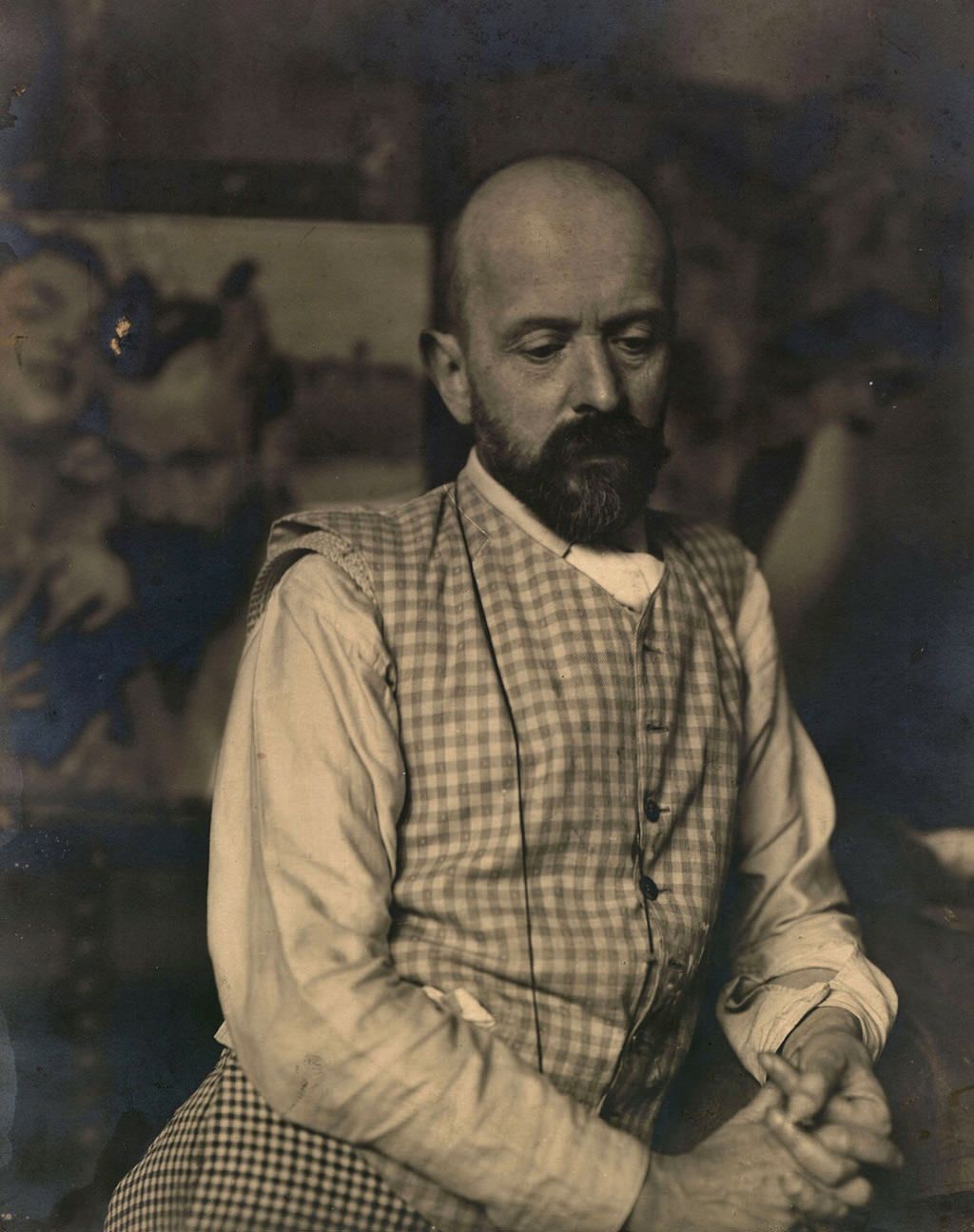
Moved to Krakow
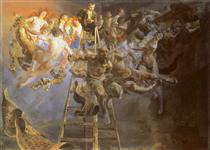
Paintings of the master were awarded medals at exhibitions in Berlin and Munich
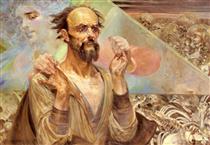
Worked as a professor at the Krakow Academy
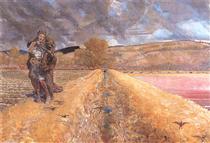
Entered the Cracow Union of Artists
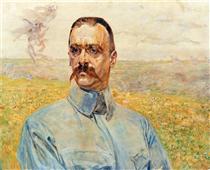
Exhibited his paintings in Chicago and St. Petersburg, Vienna and London, Brussels
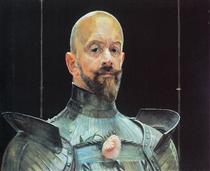
On October 8, Malczewski died in Krakow
